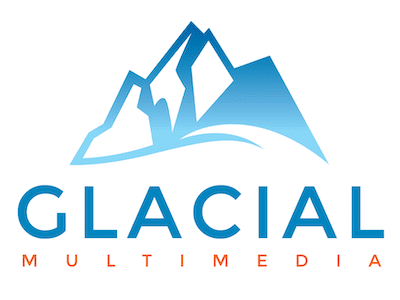
As people live longer, the question arises: what is the maximum age for LASIK surgery? The answer is: there isn’t one. Provided your eyes are healthy, the lens of the eye is clear, you are free of glaucoma, macular degeneration, cataracts and severe dry eye, and you understand that LASIK may not prevent cataracts in the future; any age is a healthy age for LASIK.
LASIK for older patients offers the same outcome as it does for younger patients. Research suggests that there is no difference in LASIK outcomes for patients in their 20’s, 40’s, 60’s and beyond. This survey concludes that LASIK for myopia and hyperopia has reasonable safety, efficacy, and predictability profiles in the 40- to 69-year-old presbyopic population.
After the age of 40, a person’s eyes start to change. They can begin to experience difficulty reading due to presbyopia, an age-related condition of the loss of the ability to focus the eyes. Although LASIK cannot fix presbyopia, these patients can have a procedure called monovision. Monovision is a type of LASIK that leaves one eye corrected for near vision and the other eye for distance vision.
As disposable income grows and the need for healthy eyes is just as important as ever, many people in their 40’s, 50s’ and beyond are pleased that they can benefit from LASIK surgery.
In order to determine candidacy for LASIK, regardless of your age, you still must have your eyes examined by a LASIK specialist. If you are considering the surgery, contact Dr. Schneider today for your consultation.

